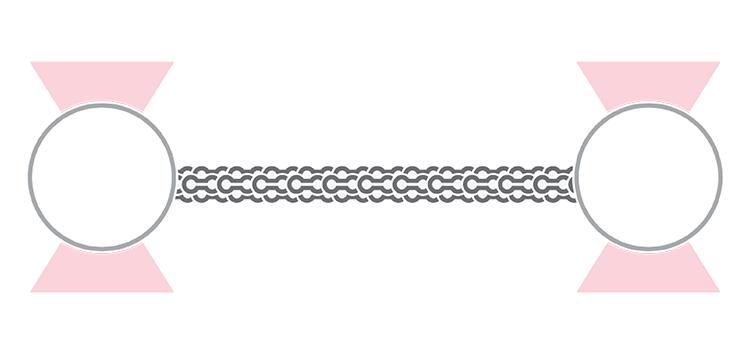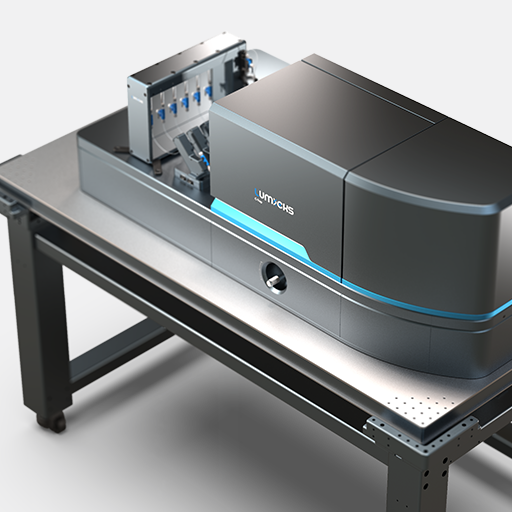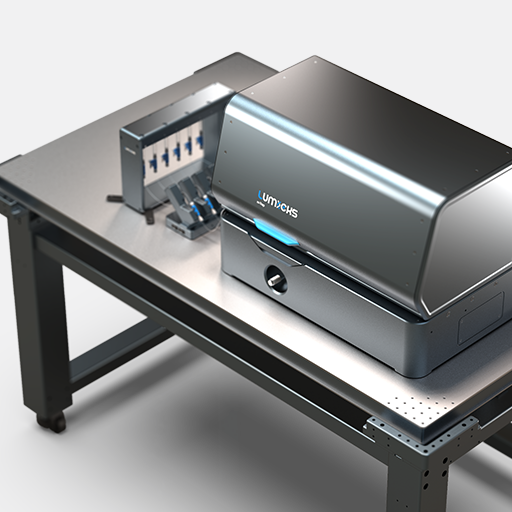A recent study published in the journal Nanoscale shows how post-translational phosphorylation and proteins binding phosphorylated sites regulate the stiffness of vimentin filaments. The researchers combined several analytical approaches and instruments, including the C-Trap® optical tweezers, to define the role of these modifications and interactions on the mechanical properties of vimentin.
Apart from contributing to a better understanding of these molecular interactions, the findings can provide us with new knowledge, highlighting unknown metastatic mechanisms of cancer cells.
Kraxner et al. captured a single vimentin filament between two optically trapped beads and subsequently stretched the molecule to test its force–strain relationship (or stiffness). This procedure typically results in a vimentin-specific strain response, which includes an initial linear increase, a plateau during α-helix unfolding, and a final stiffening.
The researchers assessed the effect of partial phosphorylation on vimentin filaments, a post-translational modification known to regulate the dynamics of intermediate filaments, such as vimentin. They also studied the influence of protein 14-3-3, which binds phosphorylated sites and regulates several cellular processes, including cell adhesion and tumorigenesis inhibition.
The team found that increasing levels of vimentin phosphorylation incrementally softens the filaments compared with the non-phosphorylated counterparts. They also found that exposing phosphorylated vimentin filaments with interacting protein 14-3-3 further softened the structure, possibly protecting the soft trait.
“These findings may help to understand the relation between the role of phosphorylation in cancer metastasis and the pronounced motility of metastasizing cells,” the authors noted. “We […] hypothesize that cells are able to fine-tune and adapt their mechanical properties locally and within seconds by modifications like phosphorylation according to specific external requirements.”
The study is an excellent example of how optical tweezers can be combined with other powerful analytical techniques to extrapolate characteristics that may implicate cell function in vivo.
You can read the full article titled “Post-translational modifications soften vimentin intermediate filaments” in Nanoscale.





